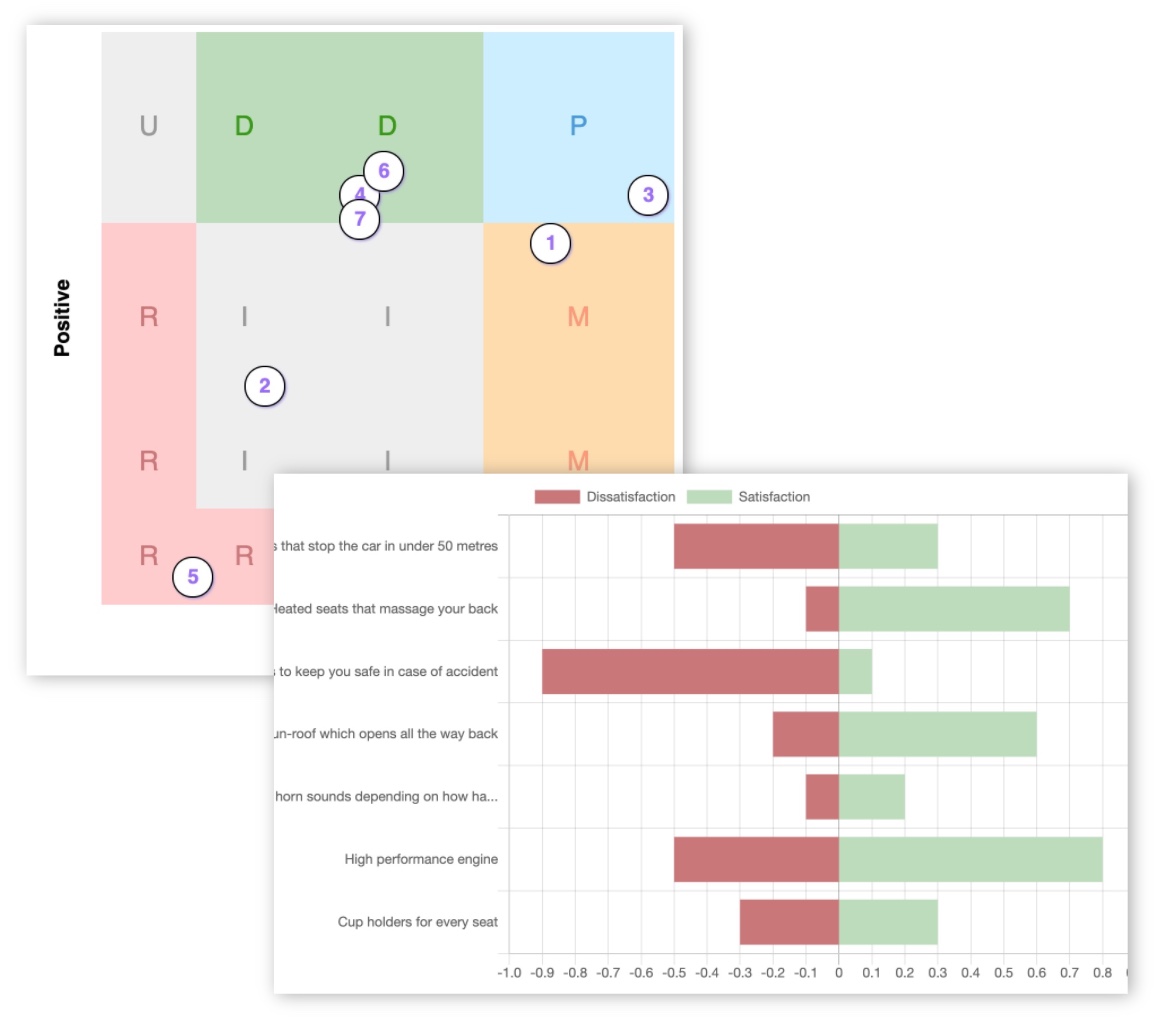How to validate my startup business idea

Source: ied.edu
How to validate my startup idea
Congratulations, you’ve got a great idea for a business! Now comes the hard part, validating that your startup business idea is worth pursuing. So how can you do that?
Some people might not bother validating, and just jump straight into building their new business. The risk of this is that there may be a flaw in your idea that means it’s never going to work, and you could waste time and money going after it. Instead it’s a good idea to do some upfront work to validate the idea for your business before you actually start up.
Here are a few tips:
Look for competitors: it might be tempting to stay away from a crowded market where there are lots of competitors with similar products, but don’t! Lots of competitors means there’s lots of money being spent. Finding a new and unexplored niche might be exciting, but as the old saying goes, “there’s a gap in the market, but is there a market in the gap?”. Check out some competitors, see if they’re solving the same problem in the same way as you, or will yours be better / faster / cheaper?
Find people that have the problem you’re trying to solve: look on social media sites like Twitter or Reddit, communities on Facebook, niche forums and so on. Find people who are having the problem and complaining about it online - there’s almost certainly going to be at least a few people who do! This is really helpful because a) you can see the details of the problem that you might not have known, and b) you can see if they’re trying to find and buy a solution.
Do some user research: your startup idea probably consists of several features to solve some problem that people are having. The Kano Model research technique can help you understand what potential users think about all of the different features - are they ‘must-have’, or are they ‘delighters’ or even ‘reverse’ that people really don’t want to see. You can run a free Kano survey very easily using KanoSurveys.com, and narrow down the key parts of your startup idea that you should pursue first.
Gather real-world feedback: set up a simple website or landing page (search Google for “no code landing page maker”, there are dozens of free ones), or even a simple form (using something like Typeform). Your landing page should explain your product - the key benefits and unique selling points that solve the problems your market is having. Then it should ask visitors to take some sort of action, that could be signing up to an email list or even placing a pre-order. This step tells you that people really are interested in your actual product.
How to validate assumptions in my product
All products are filled with assumptions. As product designers we constantly make assumptions about what customers want or need. We should really validate any assumptions in the product to make sure we’re creating the best solution.
Validation is hard though, and the only real way to do it is to ship features live to the product and see what happens. But that’s slow and expensive, so here are some ideas for quicker ways to validate assumptions in your product:
Write them down! First thing to do is write down all your assumptions. This can take some real thought. Identify any decisions you’ve made that were based not on evidence but on what you think customers would want.
Test them: for each assumption, come up with some sort of test that will prove or disprove the assumption. It could be a new button on the website (the button doesn’t even need to do anything, but if people click it you know they’re interested!), or a banner that encourages people to contact you if they're interested, or something like that.
Find evidence elsewhere: we can’t always run a test though, so we can find evidence elsewhere to increase confidence. The best way to do this is user research. The Kano Model can be very helpful by showing how customers feel about certain features. Often our assumptions are around the detail of how a feature or solution would work - a Kano survey can tell you whether these details are ‘must-have’ or whether customers are ‘indifferent’ to it, and many other categories. You can run a Kano model survey very quickly and easily and get real time analysis.
How to validate & prioritise features for my product
We have a whole article on how to prioritise your backlog with Kano analysis.
How to validate a business model
Once you’ve got a startup idea that you’re happy with and have validated in the market (see above), it’s time to think about money. What will your business model be and how will you actually make money? How can you validate that business model?
Note: some of the tips below involve using a spreadsheet to do some modelling. If you don’t yet have the ability to do this kind of thing in a spreadsheet, there’s no time like the present to learn. Or find a friend or colleague that can help / teach you. Or check our many free (or cheap) online videos and courses to learn more about spreadsheets - this skill will be foundational for your business in future.
Here are some ideas:
Unit economics: one way to validate the business model is the economics of a single customer. What does it cost to acquire that customer (customer acquisition cost, or CAC), and what are they worth (lifetime value, or LTV). CAC is generally driven by paid advertising spend, or freebies you give away, or costs to employ sales staff and so on. The more you spend the more it costs to acquire a single customer. LTV is driven by the price, and how long that person stays a customer - perhaps they pay monthly for your service, or perhaps they buy again every N months if it’s a consumable product. You can put these variables into a spreadsheet and tinker about with the formula:
CAC = advertising spend / cost of freebies / sales staff
LTV = price * repeat purchases
Profit = LTV - CAC
Total addressable market: another way to validate your business model is to look at the market size. How many people are in your market, and how many of them can you actually reach? Google can surface some high level industry stats from news sources or market research agencies, but if you’re thinking of a local business you may be able to get stats from your local government authority, things like population of the local area, demographics, and so on. If you’re going online, Google Trends can give a sense of search volumes for particular keywords or industries. Lastly, check out competitors and think about who’s got the most market share, because in order for you to grow you’d have to pull customers away from them. A lot of this is estimation based on some loose facts and figures, but it can give you an idea of how big the market is for you to tackle, and how big the business could get.
Supply chain: for physical products you can think about the economics of actually creating the product. The cost of goods sold (COGS) includes all expenses related to designing, manufacturing, storing and shipping the product to the customer. This is often a small cost, but your selling price has to be high enough above the COGS that you can cover all other business expenses (staff, premises, taxes, legal, etc etc) and still make a profit. Sites like alibaba.com provide access to a wide range of manufacturers who can provide samples and cost projections for you to consider the balance of quality, minimum order sizes, speed and so on to suit your business. Again and spreadsheet might be helpful for this:
One off / upfront design costs - this can be spread over your first year of trading (after which you may want to update the design)
Manufacturing - samples cost money, then there’s an initial tooling cost for the manufacturer to setup the machinery and make templates etc, then there’s the actual ordering which usually has a minimum order size. You can combine these to figure out cost per unit, and consider cashflow needed to get started.
Other administrative expenses - staff, premises, legal, advertising, marketing, technology etc etc.
Selling price = COGS + design & admin expenses + margin (10-20% or whatever you want to make as a profit)
Do things that don’t scale: many products can be ‘faked’, particularly software products. That is, behind the scenes you can operate the business manually although to the customer it looks real. For example, let’s say the product is a tool that finds social media influencers in a particular market or for keywords that a user types in. You could manually go and find those influencers yourself and send them back to the customer before you need to build (or pay for) any complex software. That way you can test the appetite in the market, test out a pricing model, and define the requirements of the back end product to help determine how much you should spend on it.
Kano Model surveys are an amazing tool for validating your ideas and your assumptions. Click the button below to get started:
Create your first survey now

 Give Feedback
Give Feedback
